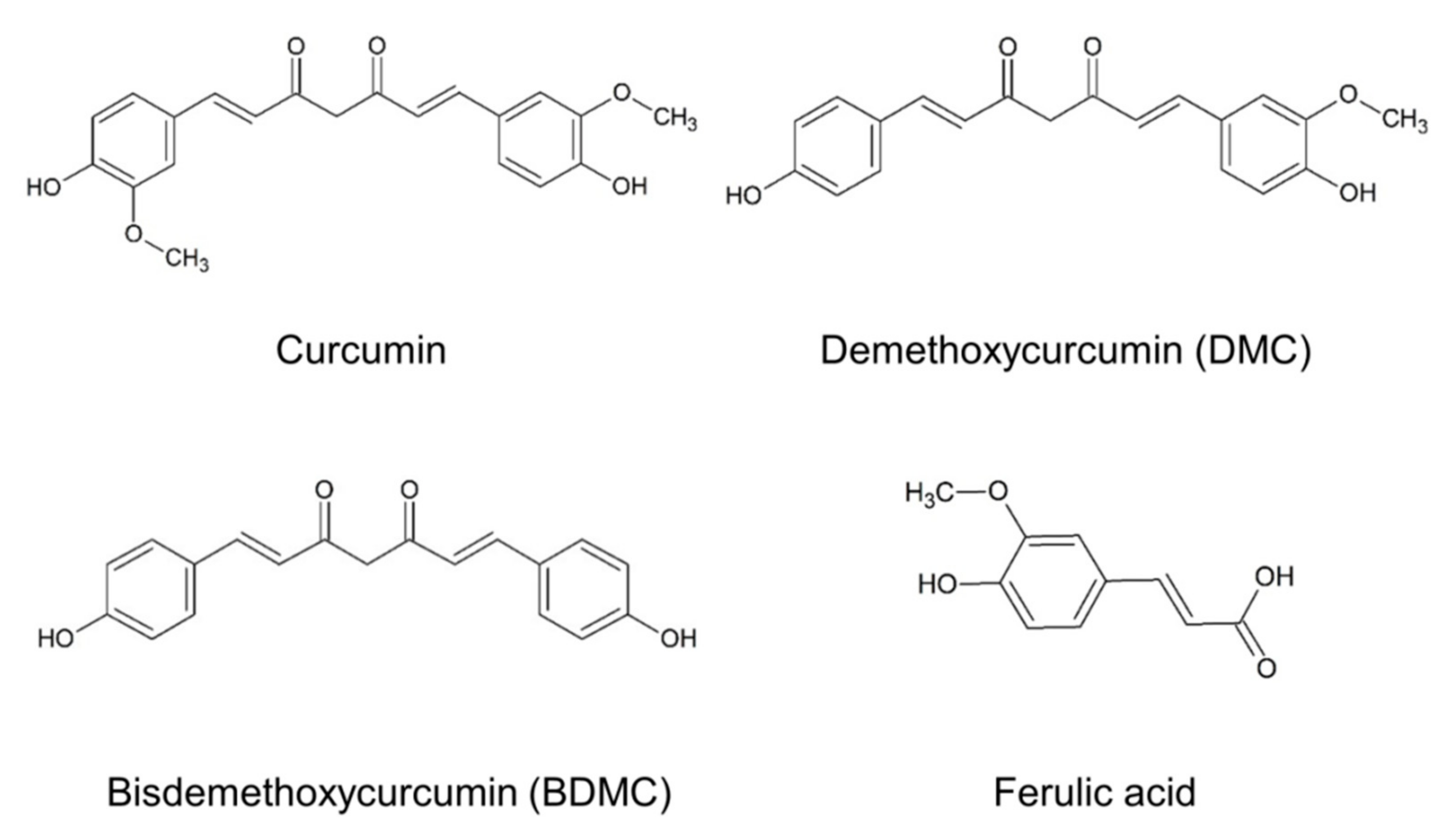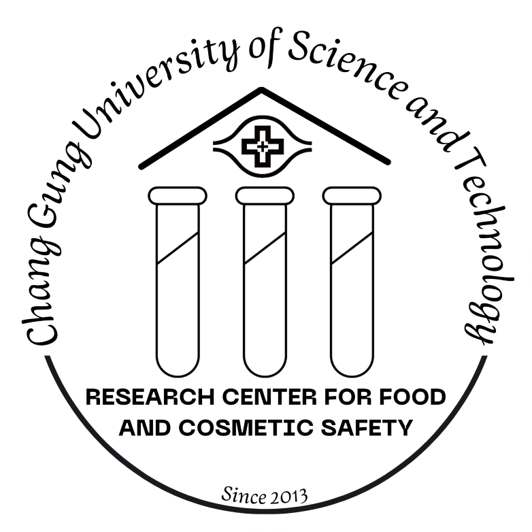The Demethoxy Derivatives of Curcumin Exhibit Greater Differentiation Suppression in 3T3-L1 Adipocytes Than Curcumin: A Mechanistic Study of Adipogenesis and Molecular Docking
合作單位:嘉義長庚醫院
期刊:Biomolecules

Abstract
Curcumin is a known anti-adipogenic agent for alleviating obesity and related disorders. Comprehensive comparisons of the anti-adipogenic activity of curcumin with other curcuminoids is minimal. This study compared adipogenesis inhibition with curcumin, demethoxycurcumin (DMC), and bisdemethoxycurcumin (BDMC), and their underlying mechanisms. We differentiated 3T3-L1 cells in the presence of curcuminoids, to determine lipid accumulation and triglyceride (TG) production. The expression of adipogenic transcription factors and lipogenic proteins was analyzed by Western blot. A significant reduction in Oil red O (ORO) staining was observed in the cells treated with curcuminoids at 20 μM. Inhibition was increased in the order of curcumin < DMC < BDMC. A similar trend was observed in the detection of intracellular TG. Curcuminoids suppressed differentiation by downregulating the expression of peroxisome proliferator-activated receptor γ (PPARγ) and CCAAT/enhancer-binding protein α (C/EBPα), leading to the downregulation of the lipogenic enzymes acetyl-CoA carboxylase (ACC) and fatty acid synthase (FAS). AMP-activated protein kinase α (AMPKα) phosphorylation was also activated by BDMC. Curcuminoids reduced the release of proinflammatory cytokines and leptin in 3T3-L1 cells in a dose-dependent manner, with BDMC showing the greatest potency. BDMC at 20 μM significantly decreased leptin by 72% compared with differentiated controls. Molecular docking computation indicated that curcuminoids, despite having structural similarity, had different interaction positions to PPARγ, C/EBPα, and ACC. The docking profiles suggested a possible interaction of curcuminoids with C/EBPα and ACC, to directly inhibit their expression.
.

